Designing Outdoor Event Venues: The Essential Elements
Welcome to a practical, story-rich guide built around the chosen theme: Essential Elements for Designing Outdoor Event Venues. From site selection to guest experience, we unpack what truly matters so your next open-air event is resilient, beautiful, and memorable. Enjoy the insights, share your ideas in the comments, and subscribe for fresh, field-tested inspiration.

Foundations: Site Selection and Spatial Layout
Reading the Land
Walk the site at different times of day to note sun paths, prevailing winds, and drainage lines. One producer learned this the hard way when a gorgeous meadow turned into a puddle field after a brief storm—now they always map slope, soil type, and shade before sketching anything.
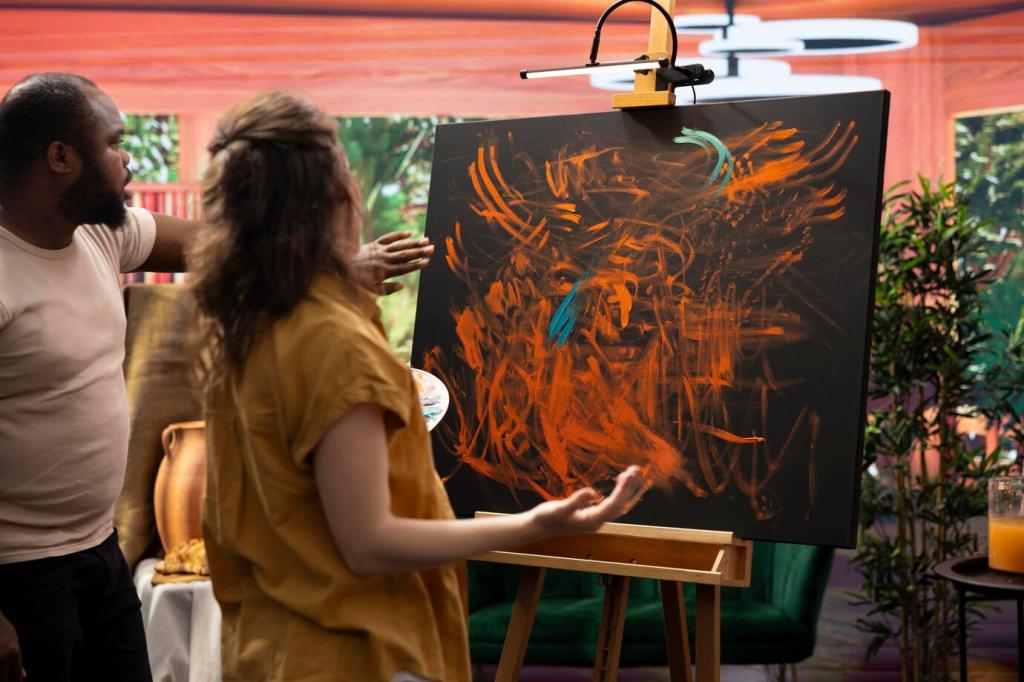

Zoning for Function and Flow
Define clear footprints for stage, audience, food and beverage, restrooms, and back-of-house. Plan service corridors and ADA routes early. Modular layouts let you scale up without chaos, keeping noise-sensitive areas buffered and ensuring staff can move gear swiftly without crossing guest paths.
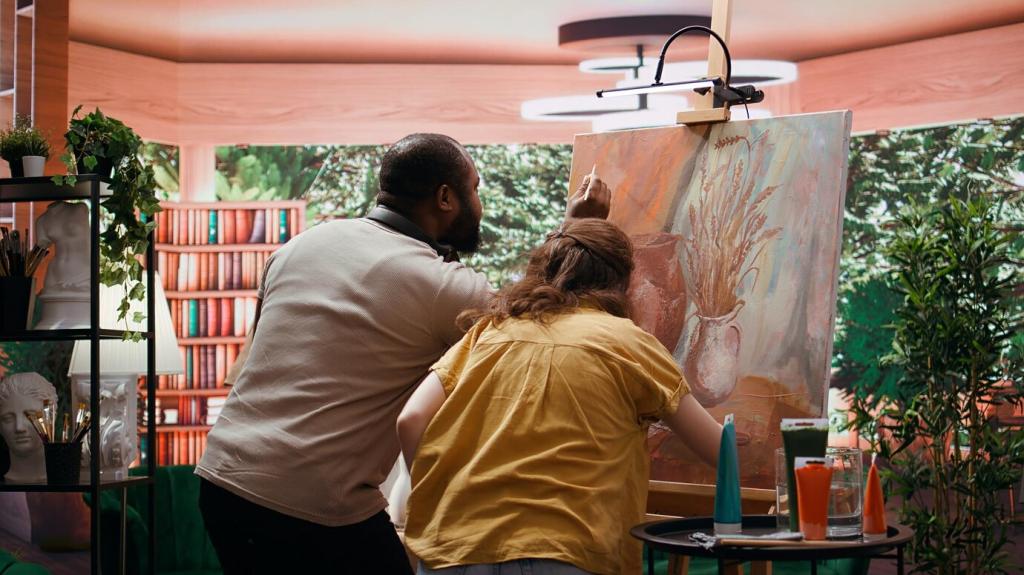
Seamless Arrivals and Load-In
Separate guest entries from vendor load-in and emergency access. Use staging areas so trucks never block pedestrian gates. A recent festival cut lines dramatically by adding pre-check bag lanes and a QR scan zone, reducing average entry time to under ninety seconds.
Circulation, Desire Lines, and Comfort
Map the routes people will actually take, not just the ones you prefer. Avoid pinch points at bars, merch, and water stations. Maintain clear fire lanes and keep intersections wide. Benches or ledges placed along paths encourage micro-pauses that disperse congestion naturally.
Power, Sound, and Lighting Essentials
List every draw—stage, refrigeration, lighting, vendors—and add headroom. Separate critical systems onto independent circuits with backups. Protect cables with ramps, mark runs with color-coded tape, and plan quiet generator zones to preserve ambience and reduce acoustic spill into the audience.
Power, Sound, and Lighting Essentials
Orient stages to aim sound into the site, using natural berms or temporary baffles to control spill. Line arrays reduce hot spots and keep neighbors happier. Real-time decibel monitoring and agreed thresholds with authorities prevent hard stops and earn community trust for future events.
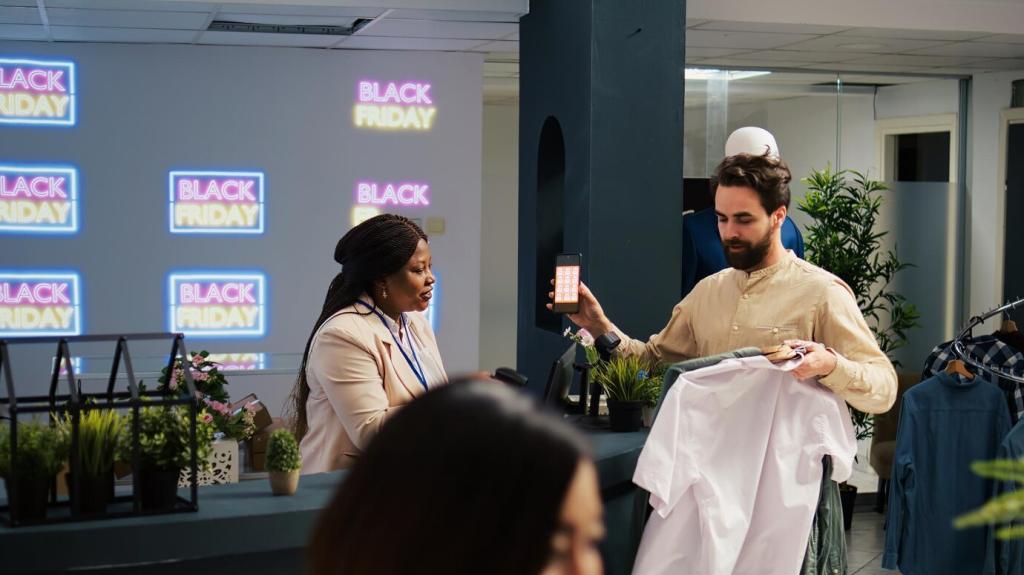
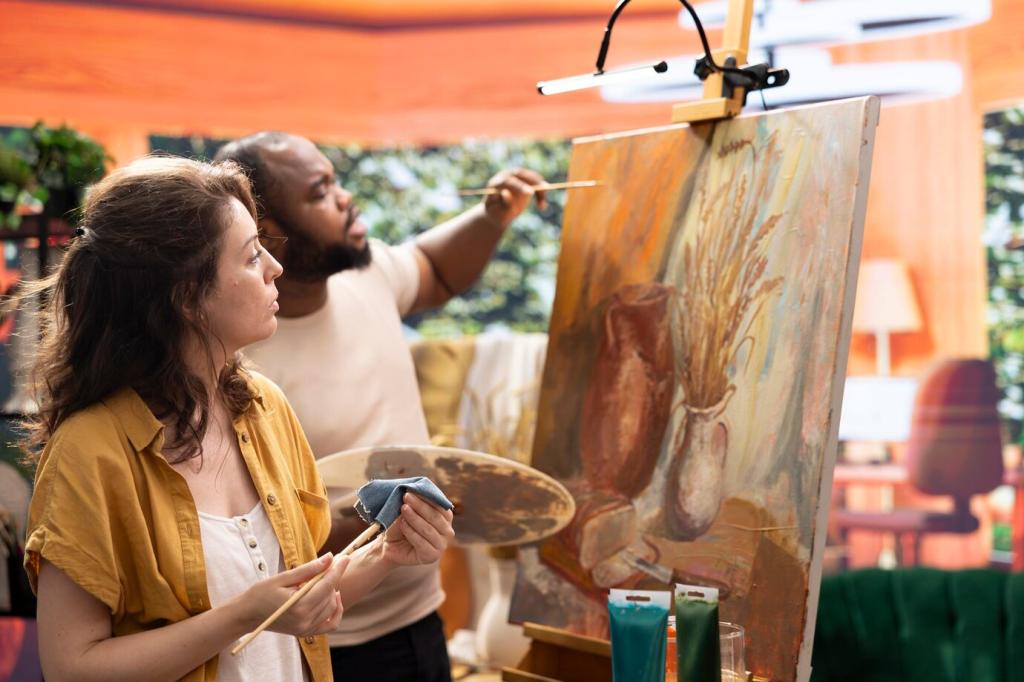
Safety, Permits, and Risk Management
Start early with fire marshals, health departments, and parks authorities. Document occupancy loads, tent certifications, and egress widths. One organizer avoided a last-minute shutdown by pre-submitting wind action plans, including exact thresholds for evacuating large canopies and pausing performances.
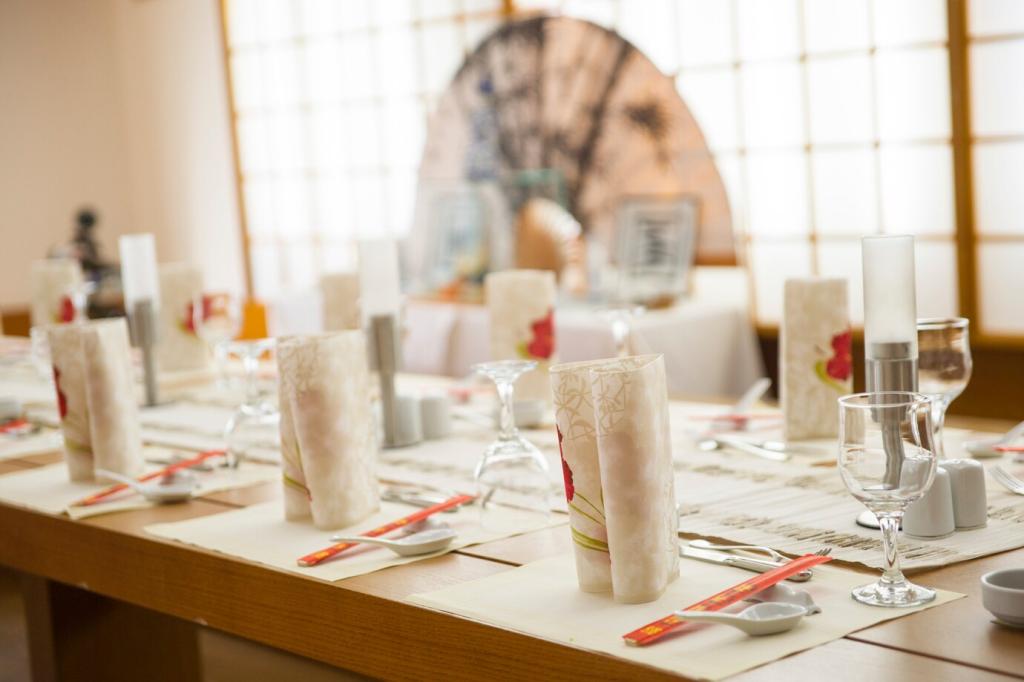
Sustainability and Community Stewardship
Standardize on reusables, offer clearly labeled waste streams, and position bins where people naturally pause. A city concert series diverted over eighty percent of waste by pairing bins with volunteers and adding playful, photo-friendly signs that actually taught guests how to sort.
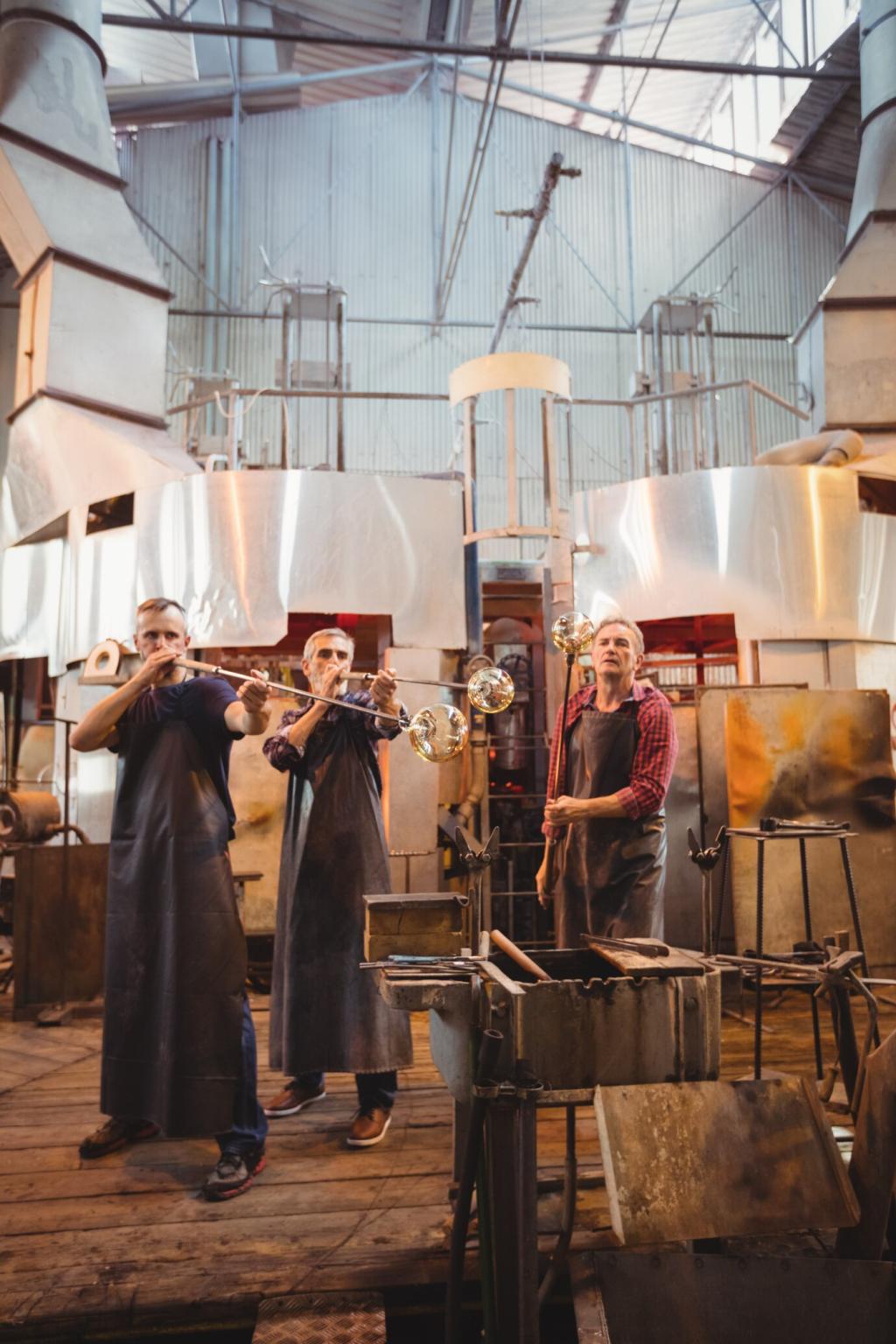
Hospitality Touchpoints and Guest Experience
Mix seating types—benches, lawn lounges, high-tops—and cluster them near shade, restrooms, and refills. Add quiet zones where sound is softer and lighting is warm. A little intentionality here extends dwell time and creates shareable, memory-making moments for every guest.
Space vendors to prevent cross-traffic, provide power and water taps, and design serpentine queues that feel quick. Digital menus reduce congestion and decision time. One night market hit a seven-minute average wait by adding a dedicated pickup lane and a clear, site-wide menu map.
Frame views, use local materials, and tell a story with color, typography, and wayfinding. Instagrammable moments should still serve orientation. Invite guests to share photos with a community hashtag and subscribe for behind-the-scenes design sketches from upcoming outdoor venue builds.
